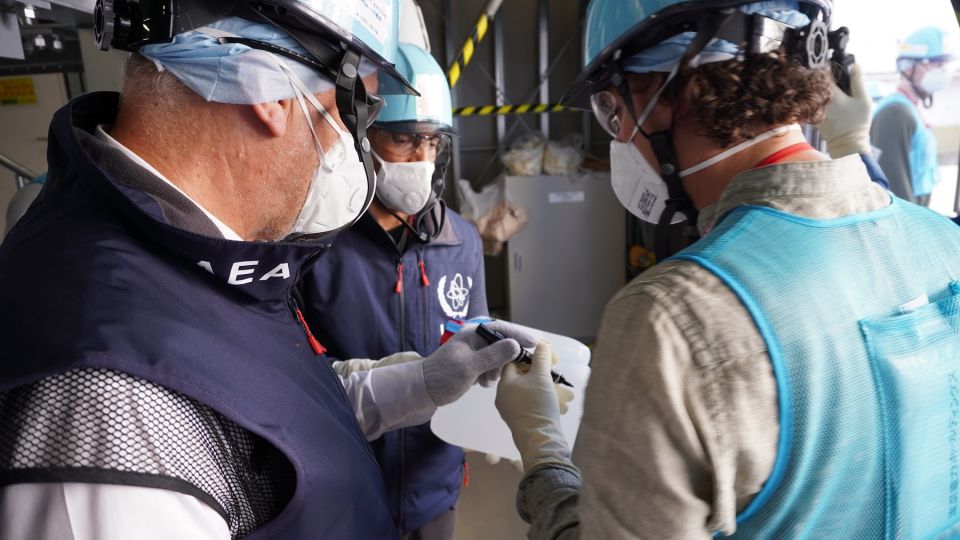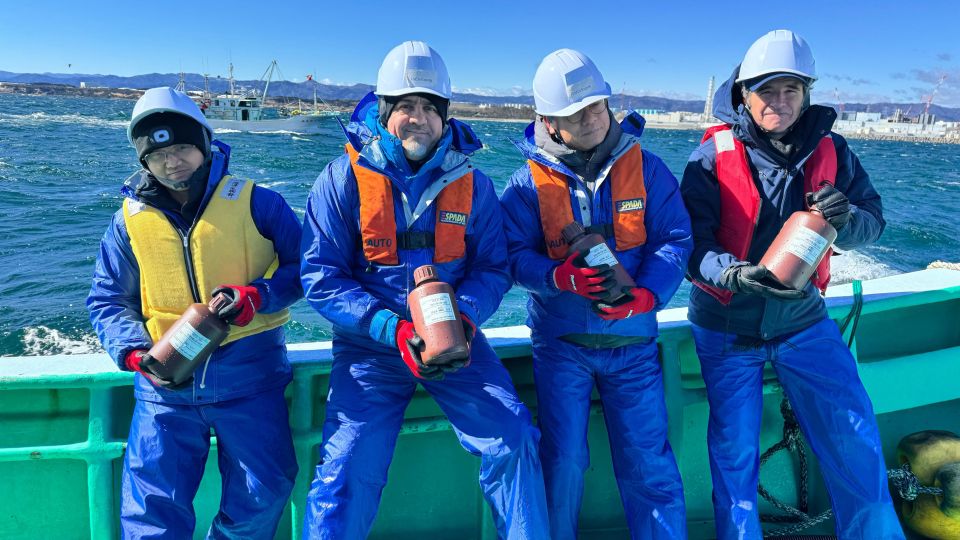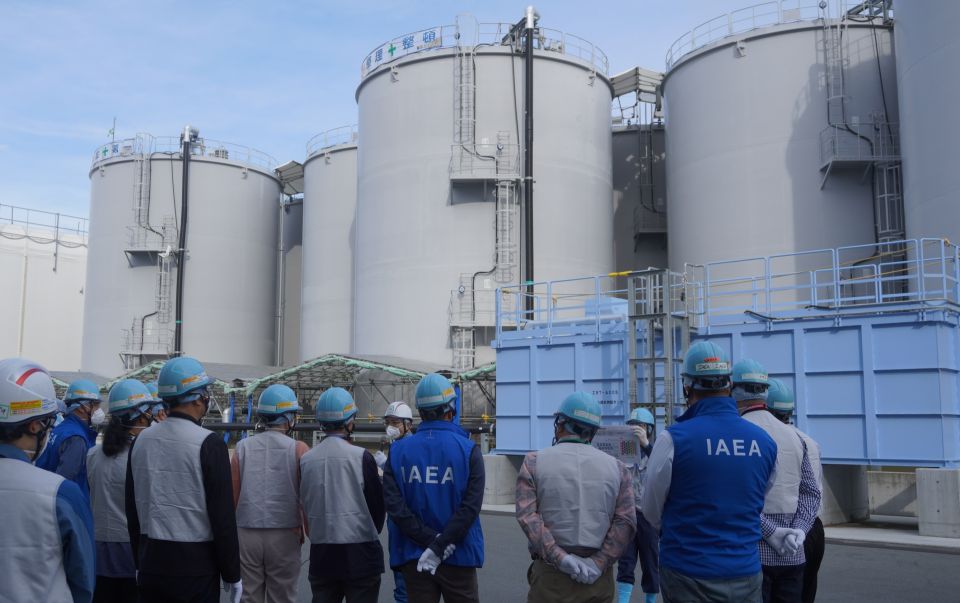Fukushima Daiichi: Bolted tanks, blast from NRA
Developments this week at the Fukushima Daiichi nuclear station have been relatively few-but they've made headlines.
The recent announcements concerning leakage of contaminated water from bolted tanks (that is to say, fabricated with bolted joints as opposed to welded joints) has caused the Tokyo Electric Power Company to announce an inspection plan and to then publish the initial results of the findings. As might have been expected, two small areas of high level were noted in the tank farm (one was 100 mSv/hr, the other less than this) and cleaned up-hinting at some small, but very controlled, leakage from just two of the hundreds of such tanks built hurriedly on site to house the vast volumes of water that requires isolated storage.
As has been reported before at this site, the spread of any highly contaminated water into the ocean seems unlikely, even though China and South Korea have expressed a desire to get further information about the possibility of such having occurred from the Japanese government. This does not by any chance mean that TEPCO is idle; it has begun a pumping process that might see up to 15,000 tons of highly contaminated water get moved out of piping and wiring tunnels on the site into protected storage (after filtration, which is proving somewhat effective in removing radionuclides, according to initial TEPCO test results from filtering ground water).
A further visit to the site this week by Toyoshi Fuketa, a commissioner on Japan's Nuclear Regulation Authority (NRA), has however not necessarily fully endorsed TEPCO's actions-and has resulted in another suggestion that TEPCO might need outside help. Fuketa is on record as having said, after the inspection of Fukushima Daiichi, that TEPCO was remiss in not having considered the chance of leakage from the bolted-joint tanks, was "ill prepared," and noted that TEPCO didn't keep survey records (of radiation levels) from walkdowns of the tank farm area. When TEPCO officials told Fuketa that they would need four times the number of personnel on site that they have now to properly handle the situation, apparently Fuketa told them "they should ask for help if they need it."
This sentiment-that TEPCO might, or will, need outside help of large magnitude-echoes concepts previously reported here at ANS Nuclear Cafe, and which are also being heard elsewhere on the news wires. What seems significant here is that this feeling has now been expressed by the Fukushima prefectural government, the prime minister of Japan, and one of the commissioners of Japan's NRA. To paraphrase Fuketa as quoted by NHK, TEPCO cannot just "continue saying it is doing its utmost" if the situation is not under control, and it is not making proper and timely admissions and requests for funding, technical assistance, and (if required) oversight.
The biggest story this week, it would seem, was the announcement that the NRA had decided that it was necessary to declare an International Nuclear and Radiological Event Scale (INES) 3 level event upon discovering the information about the bolted tank leakage and a 10,000 mr/hr dose rate near the surface of an adjacent ground puddle. The revelation of the INES designation took the lead in news all over the world, in many cases drowning out the actual facts (an important one being that an INES designation is kind of like the speedometer in your car-it tells you how fast you're already going). It's also important to understand that no public indicator such as the INES level scale is perfect-we need only to look at the various iterations of the U.S. Department of Homeland Security Terror Threat Levels to tell us this. What the scale does do is simply let everyone know that something happened with enough impact (real or perceived) that "business as usual" somewhere has to stop to fix the problem; the higher the level, the more people and wider area affected. If anything, the INES level declaration is just another symptom of the growing problem of management and manpower at the site-a part of the larger picture proving that TEPCO needs more manpower, more money, and more oversight. Or, in the case of the latter point, perhaps even a new contractor with total control of the process.
More Information:
We last posted about Fukushima Daiichi on August 15; that post had many background and information links included for reference.
Japan Times: TEPCO testing tainted earth at No. 1 plant
NHK: TEPCO to begin removal of soil from tank area
Kyodo: Regulator calls TEPCO "sloppy" in record keeping
More details on the INES scale at IAEA REGNET
(We continue to provide occasional updates on the Fukushima Daiichi nuclear plant situation, as the story continues to make headlines all over the world.)
__________________________
 Will Davis is a consultant to, and writer for, the American Nuclear Society; an active ANS member, he is serving on the ANS Communications Committee 2013-2016. In addition, he is a contributing author for Fuel Cycle Week, is Secretary of the Board of Directors of PopAtomic Studios, and writes his own popular blog Atomic Power Review. Davis is a former US Navy Reactor Operator, qualified on S8G and S5W plants. He's also an avid typewriter collector in his spare time.
Will Davis is a consultant to, and writer for, the American Nuclear Society; an active ANS member, he is serving on the ANS Communications Committee 2013-2016. In addition, he is a contributing author for Fuel Cycle Week, is Secretary of the Board of Directors of PopAtomic Studios, and writes his own popular blog Atomic Power Review. Davis is a former US Navy Reactor Operator, qualified on S8G and S5W plants. He's also an avid typewriter collector in his spare time.






